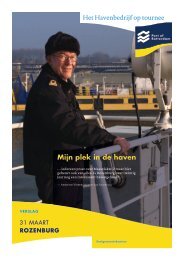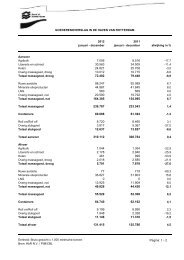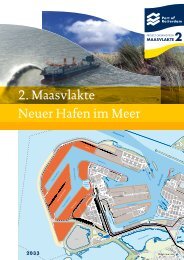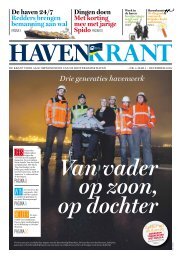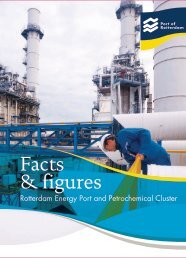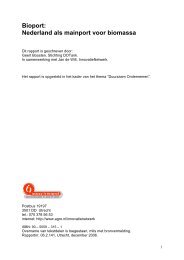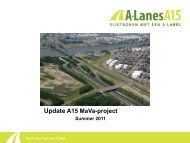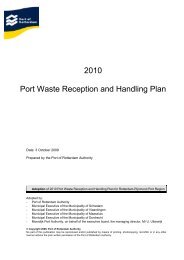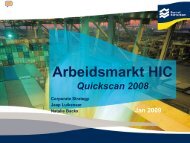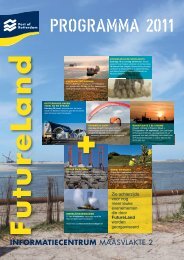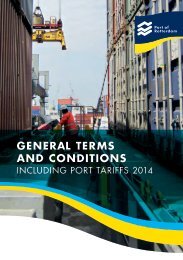PATHWAYS TO A CIRCULAR ECONOMY - Port of Rotterdam
PATHWAYS TO A CIRCULAR ECONOMY - Port of Rotterdam
PATHWAYS TO A CIRCULAR ECONOMY - Port of Rotterdam
You also want an ePaper? Increase the reach of your titles
YUMPU automatically turns print PDFs into web optimized ePapers that Google loves.
Transition to the circular economyThe models also reflect a series <strong>of</strong> steps – a transition fromthe current system towards a circular economy. In reality,smooth transitions that neatly follow certain steps are rarein business. Sometimes it takes considerable effort toovercome the inertia associated with change, but onceovercome, revolutionary steps can be made. Other timesit is a succession <strong>of</strong> small steps that ultimately define anew direction for the long-term. The speed and ease<strong>of</strong> the transition to a circular value chain in any sectorare influenced by: the strength <strong>of</strong> the case for change;the physical nature <strong>of</strong> the resources involved; and thecommercialisation <strong>of</strong> enabling technologies.Pathway to a circular economyMoving from a linear to circular model requires a completetransition <strong>of</strong> the current system. Many understand thismeans fundamental change but do not understand howthe transition could take place. As system transitionsinvolve some characteristic steps, we can show the movefrom linear to circular models through four stages thatrepresent an evolutionary pathway to circularity.33/73PORT OF ROTTERDAM / RABOBANK<strong>PATHWAYS</strong> <strong>TO</strong> A <strong>CIRCULAR</strong> <strong>ECONOMY</strong>



